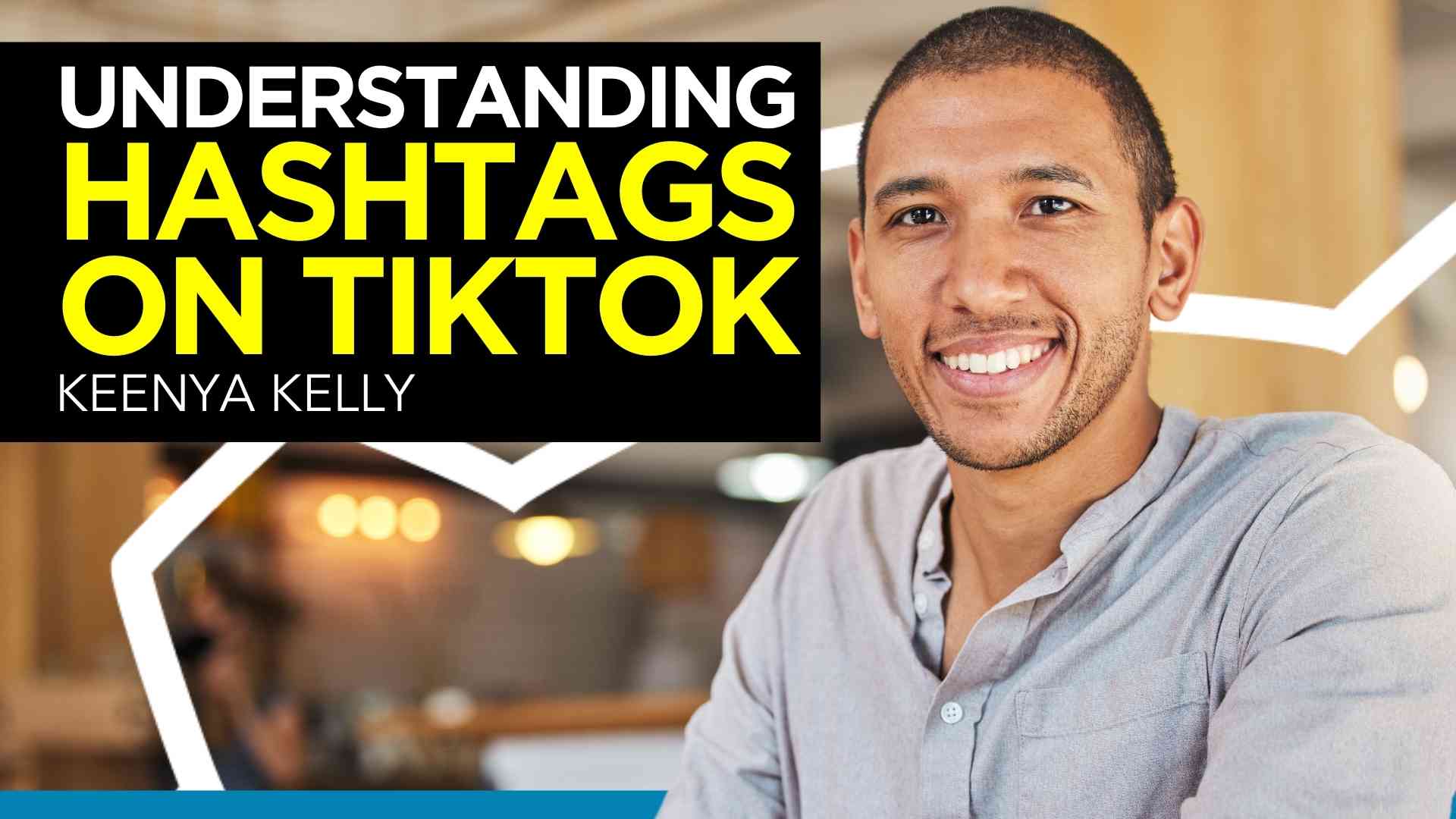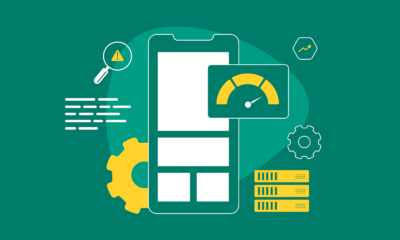MARKETING
Understanding Hashtags on TikTok – DigitalMarketer

TikTok hashtags work differently when compared to Instagram and Facebook. On TikTok, hashtags help get you discovered by your ideal audience, help you find your community and can increase your reach.
Since the workings of hashtags on TikTok are unique, you need to understand how the algorithm deals with hashtags and how you can use them to build a business on TikTok.
Let’s explore TikTok hashtags, why they matter and how you can use them for the best results.
Why do hashtags matter on TikTok?
Like Twitter, Instagram, and other social media, hashtags help brands and individuals gain more visibility. With hashtags on your post, they automatically show up on feeds where those hashtags are searched for or where they are trending.
When used right, hashtags can increase your following in no time and help you discover more leads for your business. Indeed, hashtags helped my brand pop up on the fyp on TikTok more often, and with these discoveries, I have more profile visitors who became followers because I met their needs. So, just like Twitter, Instagram, and other social media, hashtags increase visibility.
However, there are more perks to these features and a good understanding of how Tiktok hashtags work will be beneficial.
Benefits of hashtags you should know

- They help you find your audience.

When you use a particular hashtag, TikTok automatically shows your video to people who have used that hashtag in the past or interacted with posts with the hashtag. Also, using a particular hashtag draws in the associated traffic on that hashtag to your page. For example, if you use the #naturalhair on any of your posts, TikTok shows this post to people who are searching for this hashtag or posting with it. This way, it sort of builds a community around the hashtag and sends your desired audience your way. This is why you must choose your hashtags carefully as you don’t want the algorithm driving the wrong audience your way. Apart from helping your brand pop up in search results, as I mentioned earlier, these niche hashtags are a great aid in boosting your profile and content.
- Helps you study your competition.
I always recommend studying your competitors because they remain a source of business inspiration. When you use a brand-oriented hashtag, you will see related products show up in feeds and you can use this information to find your competition. With this discovery, you can visit their profile and see what strategies you can tweak for your audience.
- Helps you find your community.
Apart from getting you discovered, Tiktok hashtags helped me find a community for my business. From the followers sharing your content, you will be found by a pool of influencers, users, and people interested in your brand or idea.
- You will discover content ideas.
Whenever you search for related hashtags, you will find high-performing hashtags. This will give you an idea of the content that resonates with your audience, so it is a win-win game.
How to use hashtags on Tiktok
- Research for relevant and high-performing hashtags: Be alert when checking out content from your competitors and other creators/coaches. Identify the most trending hashtags with the highest volume in usage and use them. Here is an excellent tool to search for the right hashtag on TikTok.
- Combine popular hashtags with less popular ones: The high-trending hashtags are very competitive, which might lower your chances of showing up on the fyp. You will likely be found faster when you add a less competitive hashtag. Go for the hashtags with 2 million views or less as it is easier to get discovered this way.
- Pay attention to the number of hashtags you use: I recommend using four seemingly related hashtags, so you don’t confuse the algorithm.
- Keep up with trends and use the latest hashtags: Use current hashtags because no one will be searching for past and forgotten hashtags.
- Create your hashtags and challenges: Don’t be afraid to create a hashtag related to your brand and even start a challenge with it. This may erupt into another big challenge on the fun app.
Are there hashtag mistakes to avoid?
Certain hashtag mistakes could be hurting your TikTok growth, so it’s important you take note of them.
- Never use irrelevant or unrelated hashtags because they will not appear for your target audience.
- Do not use only popular hashtags, as I mentioned earlier; you may not rank or show up because of the hashtag’s competition or overuse.
- Avoiding trends is never in your brand’s best interest. Sleep with trends and wake with them; you will be found.
- Never underestimate the power of local hashtags; else, your immediate community will not even know your brand exists.
To wrap up, understanding how hashtags work and how to use them on TikTok is one way to increase your business growth on the platform. With this knowledge, it’s just a matter of consistency and time before you reach your marketing goals on TikTok. Once you understand the right way to use hashtags on TikTok, you will be able to create content that actually performs, and in no time, you will see good business growth on TikTok.




















You must be logged in to post a comment Login